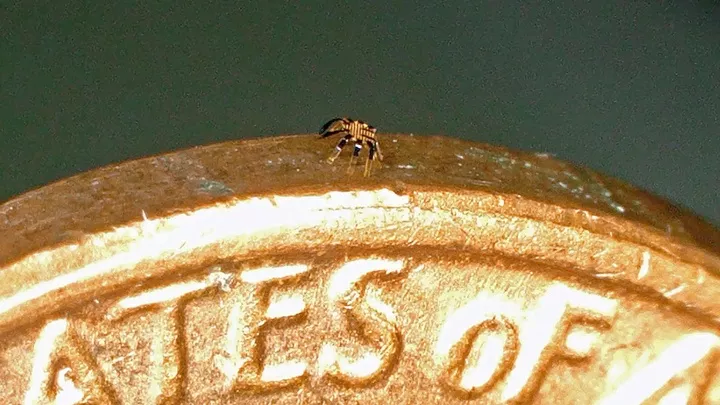
In Liu Cixin's short science fiction novel "Once Upon a Time in the Cretaceous Period," dinosaurs were too big to do delicate work, but ants could, so each took advantage of the other's strengths and worked together to develop a civilization of their own. The ants' small size and difficulty in being found also play an important role in moving the story forward.

▲ Image from: Unsplash
Dinosaurs may have had a hard time spotting ants on their bodies, but it's still possible to spot them if they crawled on a human, and there's a classic scene in the animated version of Journey to the West where the Tang monk releases an ant that crawled on him. However, if it was this miniature robot that appeared on the body, it would not necessarily be detected, after all, it is only half a millimeter wide.
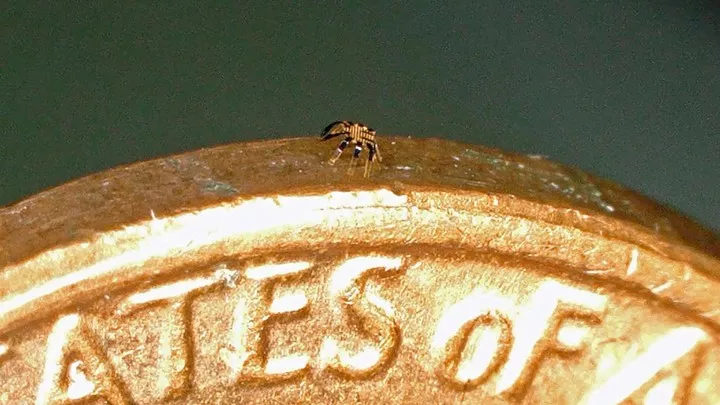
▲Image from: Northwestern University
The crab-like microbot, developed by Northwestern University research, is even smaller than the hard-to-find flea, and at sub-millimeter size it is both smaller and lighter, making it harder to spot. It doesn't move very fast, though, and can move at about half its body length per second.

▲Image from: Northwestern University
The idea and concept of such microbots has actually appeared in many science fiction novels or movies (such as Ant-Man, the man who always stands over superheroes in posters), and there have been researchers who have built similar objects for exploration purposes or to transport drugs to specific anatomical structures, though most of these have relied on something like drift to move around the body.

▲ Image from: GQ
Unlike these robots, this 'sub-millimeter little crab' developed at Northwestern University can bend, twist, crawl, walk, turn, and even jump, and what's more, all of these actions can be accomplished through remote manipulation without wires or physical connections.

▲Image from: Northwestern University
The reason why it can move without complicated hardware, hydraulic or electric drive is because of the material used to make this sub-millimeter robot - shape memory alloy. Its strength comes from the elasticity of its body, and since this material changes to the shape under 'memory' when heated, it can be controlled to move simply by heating it.
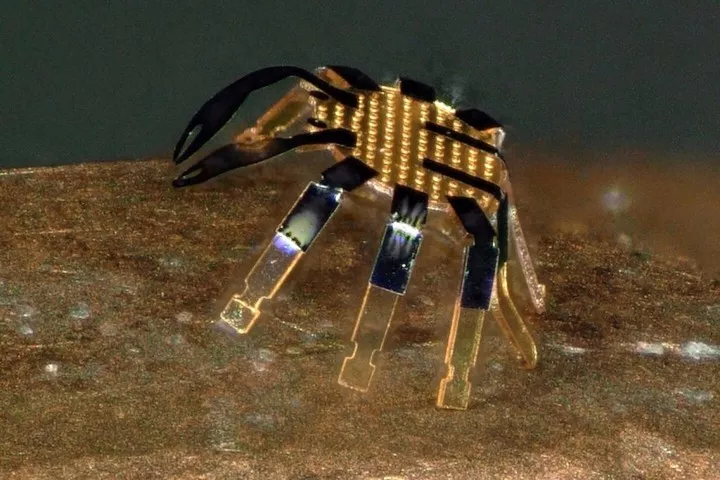
▲Image from: Northwestern University
This robot has movement and manipulation modes in which global heating can be used for bending, twisting and expanding, or laser-induced local thermal actuation for linear/curved crawling, walking, turning and jumping. Not only does the laser remotely control the robot start, the laser scan direction also determines the robot's walking direction.
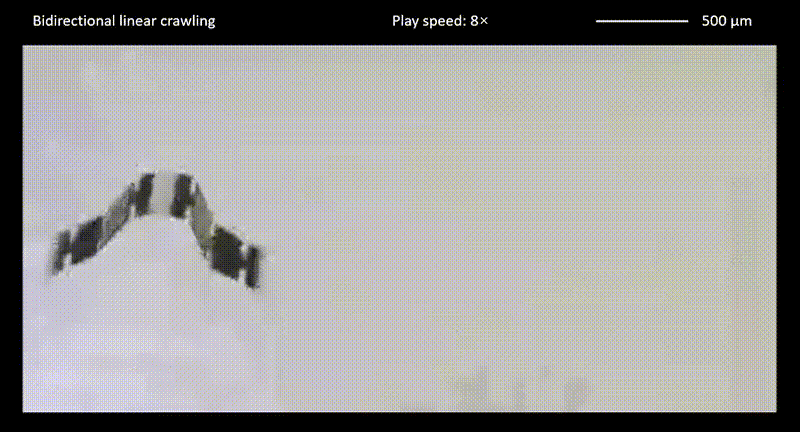
▲ Photo from: Northwestern University
Given its special body shape, it is only natural that this small and 'obedient' robot would have its own special use. Although this research is still in the exploratory stage, the researchers believe that by relying on this technology, it may be able to become a miniature robot capable of performing practical tasks in confined spaces.
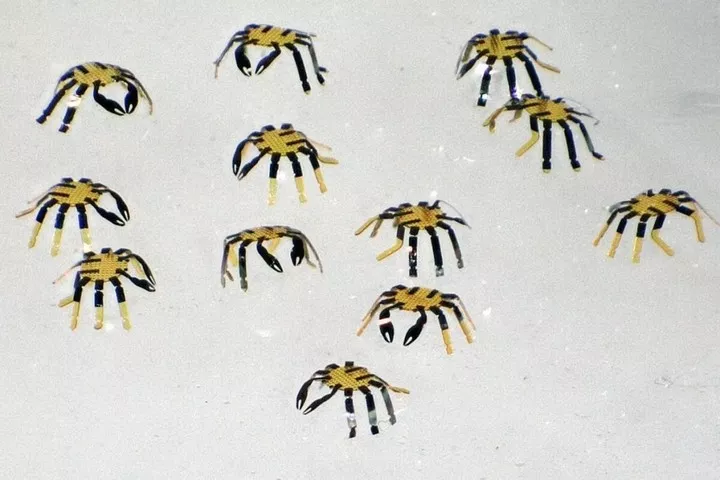
▲Image from: Northwestern University
For example, these 'little crabs' could be used in repairing or assembling small and medium-sized structures or machines for industry; they could also be used as 'surgical assistants' for minimally invasive surgery to unblock blocked arteries, stop bleeding or remove cancerous tumors ...... John A. Rogers, a professor involved in the study, also said that with these assembly techniques and material concepts walking robots of many sizes or three-dimensional shapes could be built.
Interestingly, there are also those who have developed somewhat 'peculiar' doubts about this miniature robot: what if it crawls into the ear?